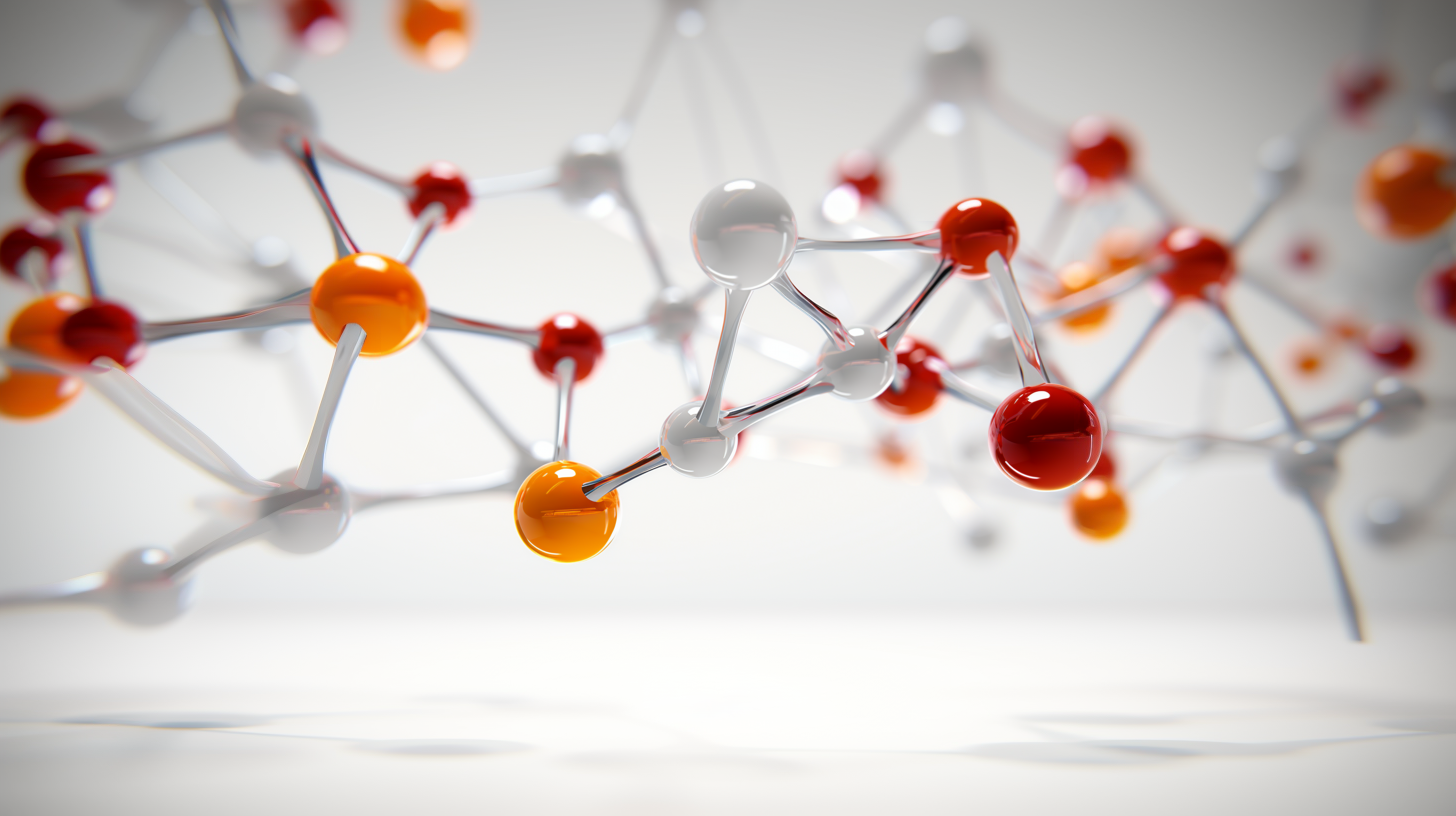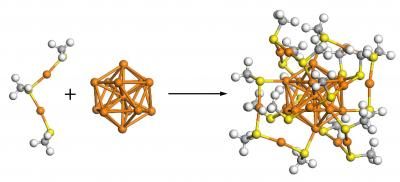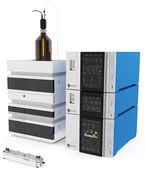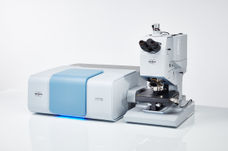BASF to acquire Callery Chemical from Mine Safety Appliances Company
BASF has agreed to acquire certain assets of the Callery Chemical Division of Mine Safety Appliances Company (MSA), Pittsburgh, Pennsylvania, the companies announced today. BASF will pay approximately $65 million (about EUR 58 million) for these assets.
The transaction will broaden BASF's inorganic chemicals portfolio and sup-port an expansion into important non-cyclical life science markets globally while strengthening MSA's focus on its core safety products business, the companies said.
The acquisition includes Callery's Evans City, Pennsylvania site with the land and all production facilities, business relationships, and inventory. BASF and MSA expect to complete the transaction by the end of the third quarter of 2003, subject to required regulatory approval, receipt of consents to assign certain material agreements, and satisfaction of other customary closing conditions.
In 2002, Callery Chemical had sales of $30 million (about EUR 27 million). Oper-ating since 1939, it is a leading manufacturer of boron and potassium chemi-cals used in pharmaceutical products and other applications. MSA, the world's leading manufacturer of personal protective equipment, announced in November 2002 that it was exploring the possible sale of Callery Chemical.
BASF plans to continue manufacturing operations at the Evans City plant, which is located north of Pittsburgh. Once the transaction closes, Callery will become part of BASF's North American Inorganics business and its global Inorganics division. MSA's Safety Products manufacturing operations at the Evans City location will continue under a multi-year lease agreement be-tween the parties.
Although the pharmaceutical industry is presently Callery's largest market, its products are also used worldwide in agrochemicals, surfactants, adhesives, polymers, electronics, flavors, fragrances and automobiles. Callery's product line comprises reagents for organic synthesis, including alkali metals and alcoholates used as strong bases and catalysts, borane chemicals used for selective reductions and hydroborations, and new boron products that sup-port the rapidly growing chemistry technology known as Suzuki coupling.
Other news from the department business & finance
These products might interest you
Most read news
More news from our other portals
See the theme worlds for related content
Topic world Synthesis
Chemical synthesis is at the heart of modern chemistry and enables the targeted production of molecules with specific properties. By combining starting materials in defined reaction conditions, chemists can create a wide range of compounds, from simple molecules to complex active ingredients.

Topic world Synthesis
Chemical synthesis is at the heart of modern chemistry and enables the targeted production of molecules with specific properties. By combining starting materials in defined reaction conditions, chemists can create a wide range of compounds, from simple molecules to complex active ingredients.



























































